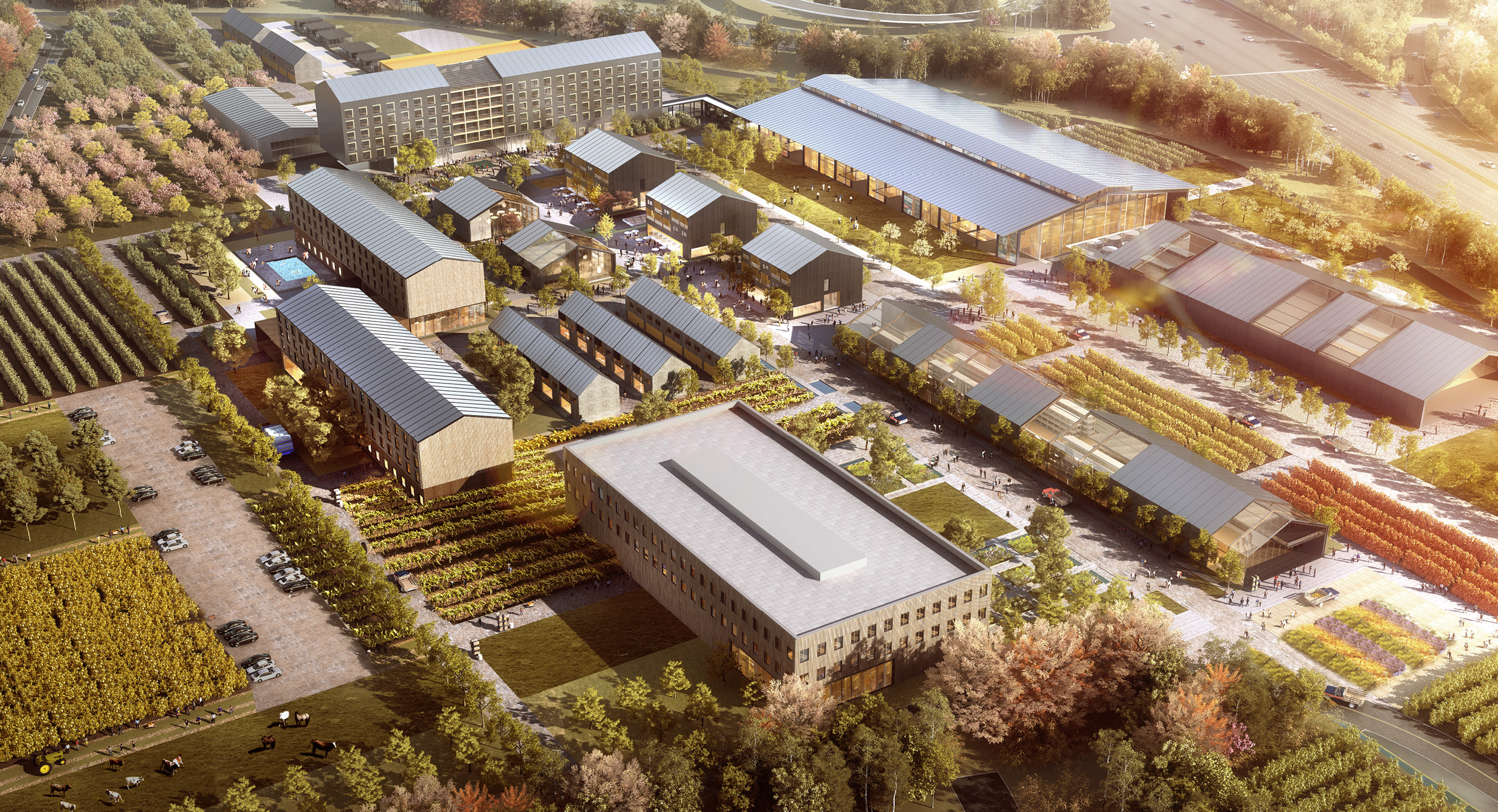
Meeting the Challenge of Feeding 10 Billion People is Mission Critical
The challenge of getting ample food and water to those who need it is getting more difficult. From 100-year floods occurring annually to droughts, heat waves, wildfires and killing frosts, the devastating effects of climate change on global agriculture are obvious. In addition, the world population continues to increase, particularly in urban areas far removed from where much of the food is grown. Although the number of those who suffer from hunger decreased between 2005 and 2015, those numbers have risen the past three years.
As the population continues to grow and the climate adversely affects how much and where food is grown, the idea of having to deal with a reduced area of arable land is a daunting task that becomes critical to our survival as a global society.
Indoor agricultural facilities could be the answer. Here’s why.
A reported one in seven people worldwide are hungry but perhaps a more frightening statistic is that at times, almost 1/3 of the world’s population of 7.7 billion people finds water scarce. Consider that agriculture consumes more water than any other source and wastes much because of inefficiencies, it’s fortunate that food supplies have done as well as they have.
As crucial as the agricultural system is in producing the food that we need, it also has significant negative impacts. Inefficient water and land usage, excessive erosion and water runoff, pesticides that both pollute and provide health risks are all part of the conundrum created by trying to create more food with fewer resources. In recent years, though, new technology focused on indoor agriculture is providing hope for a future that allows more efficient use of land and water resources regardless of climate and environment. We now see that the ability to produce nutritional food in areas of the world that need it the most has increasingly become mission critical.
By definition, a mission critical system is essential to the survival of a business or organization. The focus of such systems is often on data centers and their function within communications as well as security, financial, health care and transportation systems. While in today’s data rich environment these systems have serious and immediate impact that is, in many cases, relatively short term, developing a system that can feed 10 billion people worldwide seems significantly more daunting as well as critical.
Indoor and vertical agriculture buildings are slowly emerging as tools to efficiently and effectively grow produce year-round in urban environments close to the demand regardless of the local climate and growing conditions. Though relatively new in the United States, this technology is popular in the Netherlands. Curiously, while the U.S. is the world leader in food exports, the Netherlands – a country less than one-third the size of Illinois – is the second leading exporter of food in the world. With a goal of “twice as much food using half the resources,” the Netherlands has exceeded expectations by significantly increasing yield by numbers and in some cases, such as water utilization, have reduced the amount of resources used by more than 90 percent.
Making the World Better
Here in the U.S. companies such as AeroFarms, Bowery Farming, Green Spirit Farm and Plenty have developed highly-controlled interior environments where LED-lighting, temperature, water and nutrients are blended for optimized productivity without the use of any pesticides, herbicides or hormonal/genetic modifications. With this environment, yields per square foot of land area is literally increased by the hundreds, water use is decreased in some cases by more than 95 percent, and chemical pesticides and herbicides are eliminated.
In addition, by locating these facilities within dense urban areas where the demand and need exists for fresh, healthy, nutrient rich produce, more communities are able to get hyper fresh year-round produce. Also, by having these local grow and packaging facilities within single environmentally contained environments, food safety and sustainability goals are achieved.
The availability of fresh produce in urban and undeveloped areas of the world that lack the climate or resources to grow or transport these crops provides improved benefits to individual communities and society as a whole. And future technologies may bring more benefits. In addition to the highly controlled light and nutrient mixtures, can carbon dioxide harvesting facilities be incorporated to help pull CO2 out of our atmosphere to help feed the photosynthesis processes of the plants, thus not only having the potential of being carbon neutral, but even beginning to reverse our carbon footprint?
The ability to produce and deliver food around the globe is often challenged by the limited number of acres of land around the world that are optimal for growing it and more-often-than-not, those areas are far removed from where the people are who need it most. These areas also are limited to productive growing only a few months of the year. By increasing the amount of food that can be produced per area by factors between 300 to 400, while utilizing a fraction of the water consumption, reducing transportation costs and decreasing environmental impacts by similar factors, we hope to slow down the damage being done to our greatest limited resource while providing healthy and nutritious food for what will soon be 10 billion people.
While designing and building mission critical facilities over the years provided me with a sense of contributing to the improvement of society, the ability to design and build these new indoor agricultural facilities provides a true sense of beginning to make a global impact. What could be more critical than a facility that not only benefits our society, but our entire planet as well?

